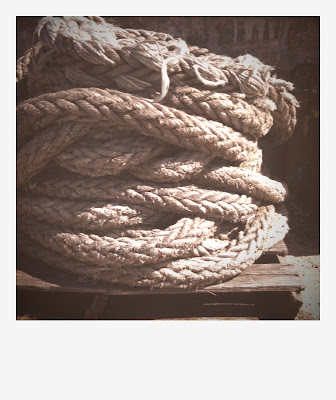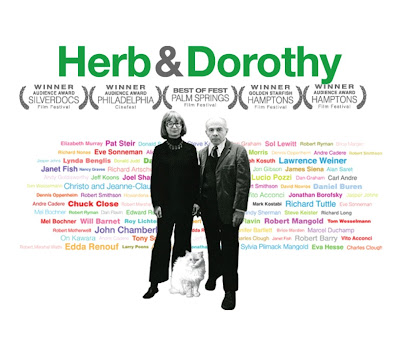Native living.
Athens, Georgia circa 1975.

Above is a photo of our father in front of his tipi in Athens, shirtless (as he was in all of his photos from the 70s it seems).
There has always been this mythology shrouding our Dad's years as a rangy youngster at University of Georgia in Athens. The tangential tales from those years--epic and quirky and boozy--seem to be malleable, half-truths that take various shapes over time.
But the factual core remains: our Dad, David, sported Sears denim overalls, bare-chested, and Chuck Taylors. He had permed hair with an almost-mustache and drank PBR beer at Tom Waits shows. And instead of living in one of Athens' antebellum houses--as many students did--he lived in his hand-built Tipi on farmland in the margins of Athens.
We decided to get the story straight and find some documentation of his tipi days...

We often mentioned our dad's tipi days and cracked jokes to elicit chuckles from our friends. I think we had a vague idea of the individuality and innate coolness in our Dad's endeavor, though it hasn't been until recently that we've become fascinated by this period in his youth and are begging him to recount details.
The (real) story begins with the book The Indian Tipi by Reginald and Gladys Laubin that David received as a gift. He became enamored with the old-world engineering and simple living. Perhaps there was a boyhood, cowboy-and-indian fantasy element as well.
With the book in hand, he drove his chevy pick-up from Athens, Georgia to Alberta, Canada to cut timber to build his tipi. On his return trip across the country, he serendipitously encountered the tipi book's authors, Reginald and Gladys Laubin, in Moose, Wyoming. The Laubins invited him into their home (a tipi) and gave him more tips on constructing a historically accurate Native American dwelling.
He found a plot of land in Athens by a farm pond for $10 a month and built his new home.


Interior shot of the Tipi's apex.

Banff National Park in Alberta, Canada.

His 1960 Chevy Apache pick-up truck with home-made camper.

Curing the timber.

Reginald and Gladys Laubin's Tipi Bible.




































.jpg)















